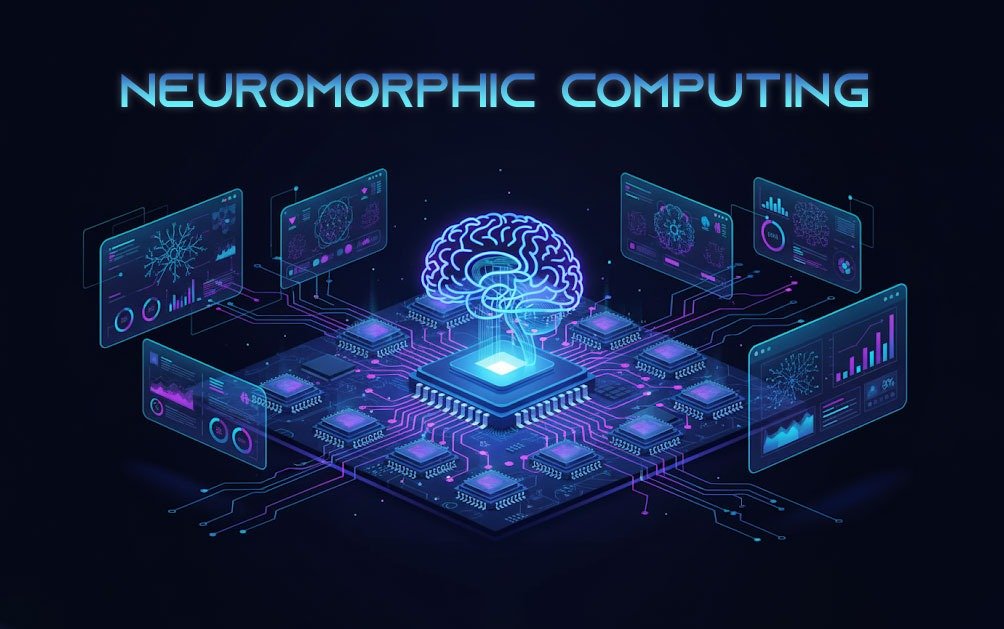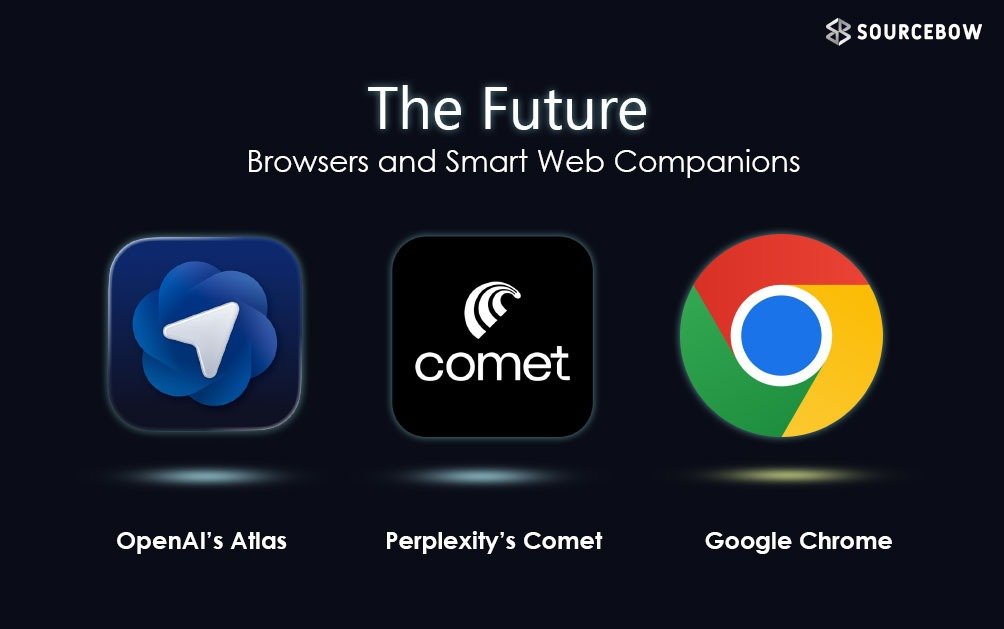How the brain handles information Neuromorphic Computing
How the brain handles information
Unlike computers, the brain doesn’t keep grinding numbers endlessly. There’s no addition, no subtraction happening in our heads in the way chips do it. In fact, there isn’t even memory in the sense of a hard drive.
The brain works with spikes short bursts of signals that travel from one neuron to another. A neuron stays quiet until something new shows up, and only then it reacts. This means energy is spent only when there’s actual information worth passing along.
Imagine how efficient that is. No constant crunching of data, no endless repeating of calculations. Just quick responses to real changes.
Why today’s computers waste energy Neuromorphic Computing
Why today’s computers waste energy
Modern computers are everywhere, but they come with a cost that is easy to overlook. It’s not just the price tag in money. It’s the energy they burn.
Training a huge AI model, for example, can run into millions of dollars—not only in hardware but in electricity. These machines keep switching bits, even when the change doesn’t mean much. That constant activity drains energy in a way that isn’t sustainable long term.
Brains, on the other hand, spend energy carefully. Only when new information arrives, a spike is fired. That simple difference makes brains billions of times more efficient.
Cameras and eyes work in very different ways Neuromorphic Computing
Cameras and eyes work in very different ways
Take cameras. They capture image after image, sending entire frames again and again, even if nothing has changed. A tree in the frame? It will be reported frame after frame. A river flowing? Still sent over and over.
Now think of a guard watching over a castle. If that guard behaves like a camera, he would keep saying “tree… tree… river… river” without pause. Completely useless, right? What you’d really want is for the guard to speak up only when something new happens—an approaching army, or maybe a friend coming to visit.
That’s how our eyes work. They notice changes—movement, brightness, something suddenly appearing. The rest is ignored because it’s not important.
Inspired by this, researchers have developed event-based cameras. Instead of sending out the whole scene repeatedly, each tiny sensor inside the camera fires only when something changes. Brighter, darker, movement—it reacts. Nothing changes? Nothing is sent. This way, computers can process vision with far less wasted effort.
| Feature | Traditional Camera | Biological Eye / Event Camera |
|---|---|---|
| Data output | Full frames continuously | Only changes (events / spikes) |
| Redundancy | High, repeats same scene | Low, reports meaningful changes |
| Energy use | Higher for continuous processing | Lower, sparse events save power |
Spiking neural networks enter the picture Neuromorphic Computing
Spiking neural networks enter the picture
Once information is captured in the form of spikes, it needs to be processed the same way. This is where spiking neural networks come in. These networks work like groups of neurons, reacting only to new spikes.
If such a system is run on old-fashioned hardware, the benefit is lost because the chips still keep cycling endlessly. So, to make it truly efficient, new hardware is required—chips designed to rest quietly until something new happens.
That’s the heart of neuromorphic computing. It’s not just about writing new algorithms but also building hardware that mimics the brain’s resting-and-spiking rhythm.
What this could mean for the future Neuromorphic Computing
What this could mean for the future
Picture devices that don’t need giant power supplies or endless charging. Smart glasses that guide through daily life, wearable tools that sense changes in the environment, robots that can process information without draining massive batteries.
Neuromorphic systems could make intelligence far more mobile and sustainable. Imagine a world full of devices that are smart yet quiet in their energy use—like the brain itself.
Why it feels different from other technologies Neuromorphic Computing
Why it feels different from other technologies
The difference is subtle but powerful. Regular computers treat every tick of the clock as a reason to compute. Brains and neuromorphic systems inspired by them, treat change as the only reason to react.
It is like the contrast between a person who talks nonstop and one who only speaks when something important happens. The second one saves energy, keeps things meaningful, and still gets the job done sometimes even better.
Closing thoughts Neuromorphic Computing
Closing thoughts
Neuromorphic computing isn’t just another buzzword. It’s an attempt to copy the clever efficiency of nature. Brains show us that smart thinking doesn’t have to come with high costs.
As new chips and algorithms evolve, the technology could shift from labs into real life small devices, wearable assistants, smarter cameras, energy-friendly robots.
If computing keeps following the brain’s playbook, the future won’t just be faster. It will be lighter, sharper and maybe even a little more human.





